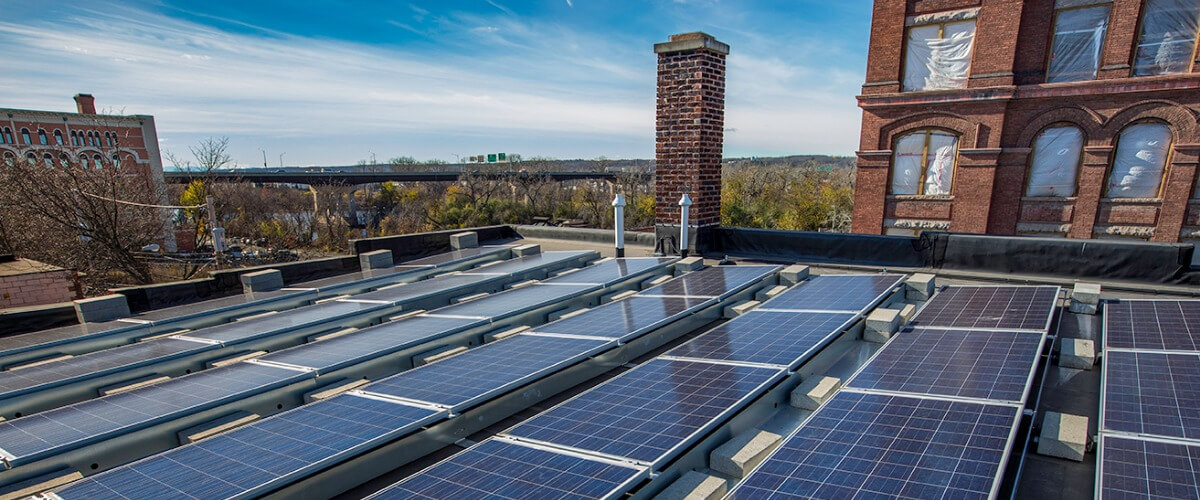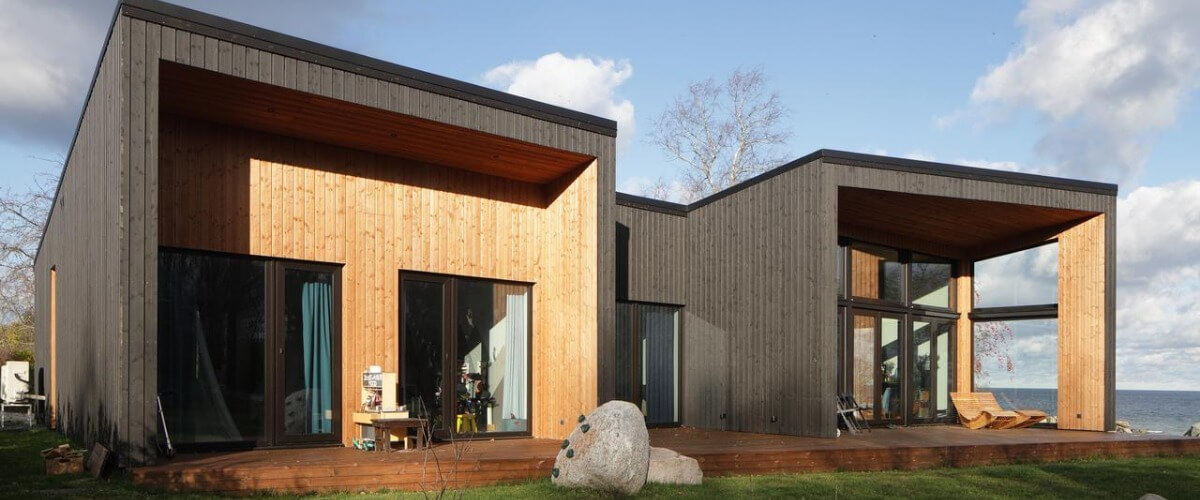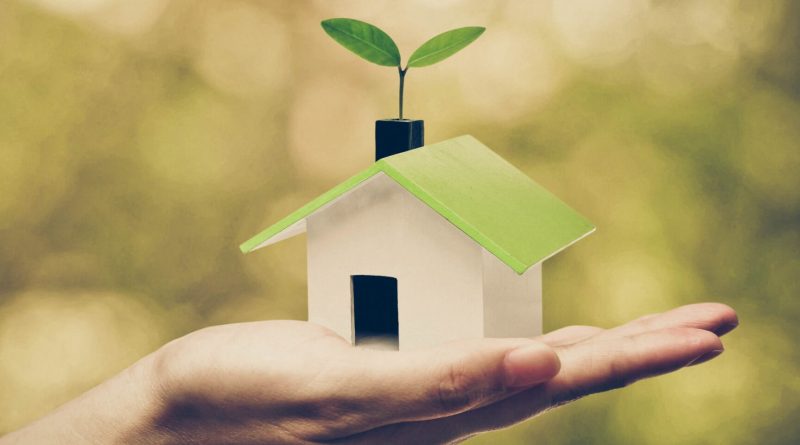Are Eco-Friendly Constructions Spread In Europe?
Yes, eco-friendly construction is becoming increasingly popular in Europe. As people become more aware of the environmental impact of their building choices, many countries have implemented regulations and policies to encourage green building practices.
In the European Union (EU), for example, there are a number of directives that promote energy efficiency and renewable energy sources for new buildings. Germany, Denmark, and the Netherlands have also set ambitious targets for reducing carbon emissions through eco-friendly construction.
In addition to government regulations, many private companies are investing in green construction projects across Europe. As a result, sustainable materials such as recycled steel and timber are becoming more widely used. In contrast, renewable energy sources such as solar panels and wind turbines are increasingly being incorporated into building designs. Eco-friendly construction also includes double-glazed windows, energy-efficient lighting systems, and rainwater harvesting systems, all of which reduce energy consumption and help lower carbon emissions.
The increased popularity of eco-friendly construction in Europe clearly shows that the continent is committed to reducing its environmental impact. Moreover, with more regulations and incentives in place to encourage green building, it’s likely that the trend of eco-friendly construction will only continue to grow in the future.
What are the barriers to sustainable construction?

The primary barriers to achieving sustainability in construction are economic, legal, and social.
Economic barriers include the high cost of sustainable building materials and the lack of incentives for developers to invest in green building initiatives.
Legal barriers can come from zoning regulations, which may limit certain types of sustainable construction practices from being implemented.
Social barriers arise from a need for more public awareness and acceptance of sustainable practices, which can make it challenging to obtain the necessary support for green building initiatives. Additionally, a lack of skilled professionals or contractors in certain areas may impede progress toward construction sustainability.
Other potential barriers include challenging access to funding sources, the need for partnerships between private entities and government agencies, and the limited availability of suitable building sites.
Finally, cultural and political factors can also play a role in the success or failure of sustainable construction efforts. However, by overcoming these various barriers, we can make progress toward making our built environment more environmentally responsible.
Is sustainable construction more expensive?

In fact, in many cases, it can actually save money over the long term due to lower energy costs and other benefits. However, upfront costs associated with incorporating green building techniques may make a project seem more expensive at first. Additionally, some contractors may charge more for green construction due to the specialized knowledge and skills required.
Ultimately, it is up to the homeowner or business owner to weigh the upfront costs versus long-term savings when considering sustainable construction.

